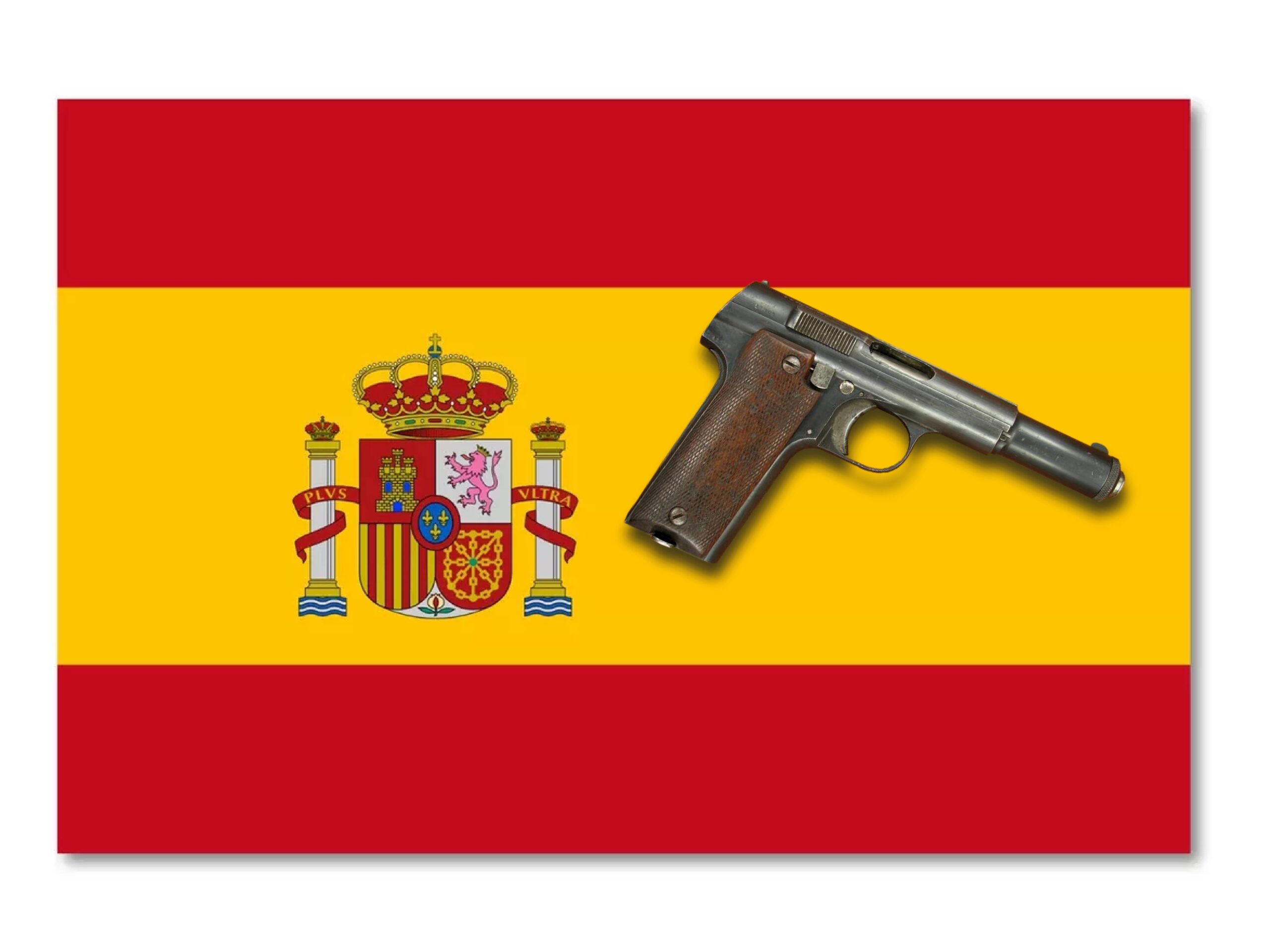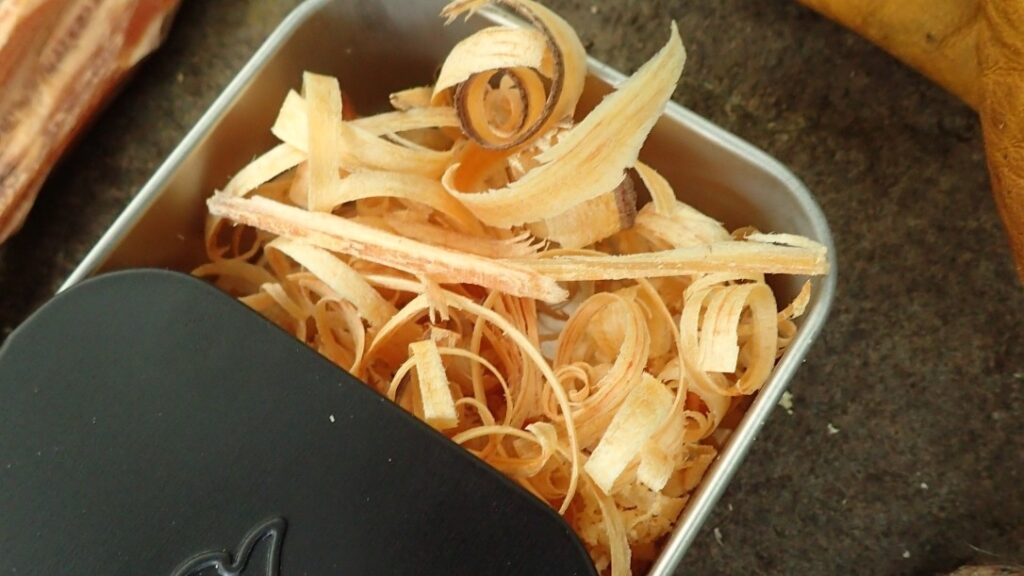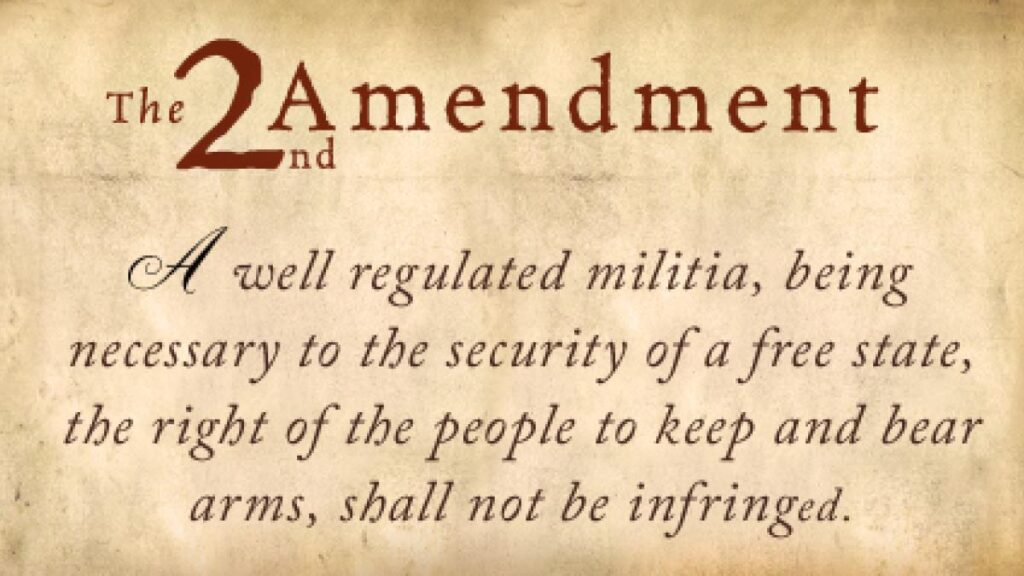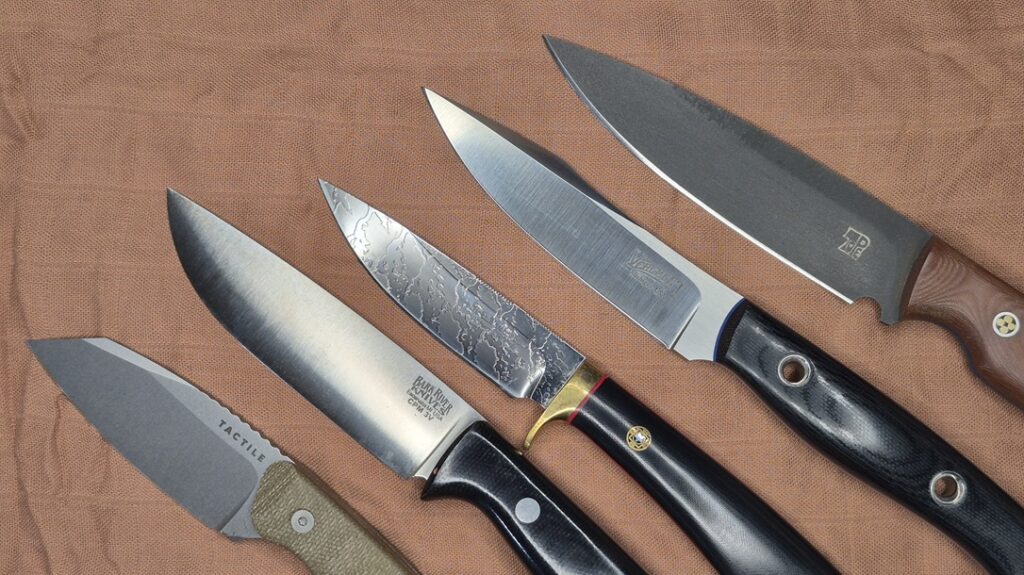We live in a world where pistols from Austria, the Czech Republic, Germany, and the good old US of A are celebrated. Some of these countries have little fan clubs that greatly revere their respective weapons. One country that doesn’t often get brought into the awesome handgun genre is Spain. Spanish pistols are underrated in the modern error and sadly ignored.
There are plenty of reasons why. Namely, most Spanish firearms manufacturers are out of business. Some haven’t pumped out guns in decades, and that’s as good an excuse as ever to forget about humble Spain and its legacy of really nice, often inexpensive handguns. Another reason is they never did anything too revolutionary.
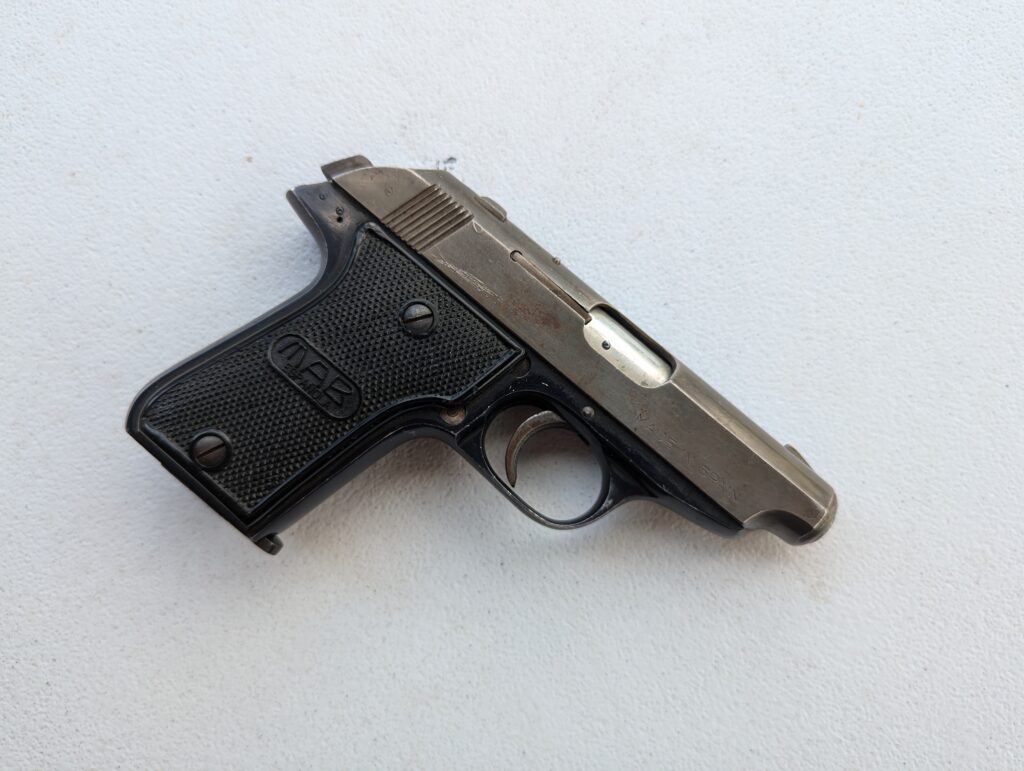
Advertisement — Continue Reading Below
Most of their guns weren’t copies, but they took existing ideas and often made incremental improvements. Do you like Walther PPKs? Cool, Spain made a copy with an accessible slide lock/release. Do you like DA/SA SIGs? Well, Spanish company Star can give you that all-metal DA/SA design, but in .45 ACP and 10mm, well before SIG made that an option.
Let’s take a moment today to recognize Spanish pistols, and maybe we can open your eyes to a legacy that’s not often part of the conversation.
Spanish Pistols and the Ruby
In the United States, there are three somewhat well-known Spanish pistol makers: Astra, Star, and Llama. These weren’t the only Spanish handgun manufacturers, but for today’s discussion, they were the most popular imports. All three companies kicked off their legacies with a weapon known as the Ruby Pistol. That’s not to say the Ruby was their first pistol, but it’s the pistol that helped kick off several Spanish arms companies.
Advertisement — Continue Reading Below
Gabilondo and Urresti, who later became Llama, was founded in 1904 as a tiny four-person gunsmithing shop. The company grew slowly, and by 1914, they had produced the first Ruby Pistol. The Ruby was based on the Browning-designed Colt M1903 Pocket. It wasn’t a direct copy, and some liberties were taken with the design.
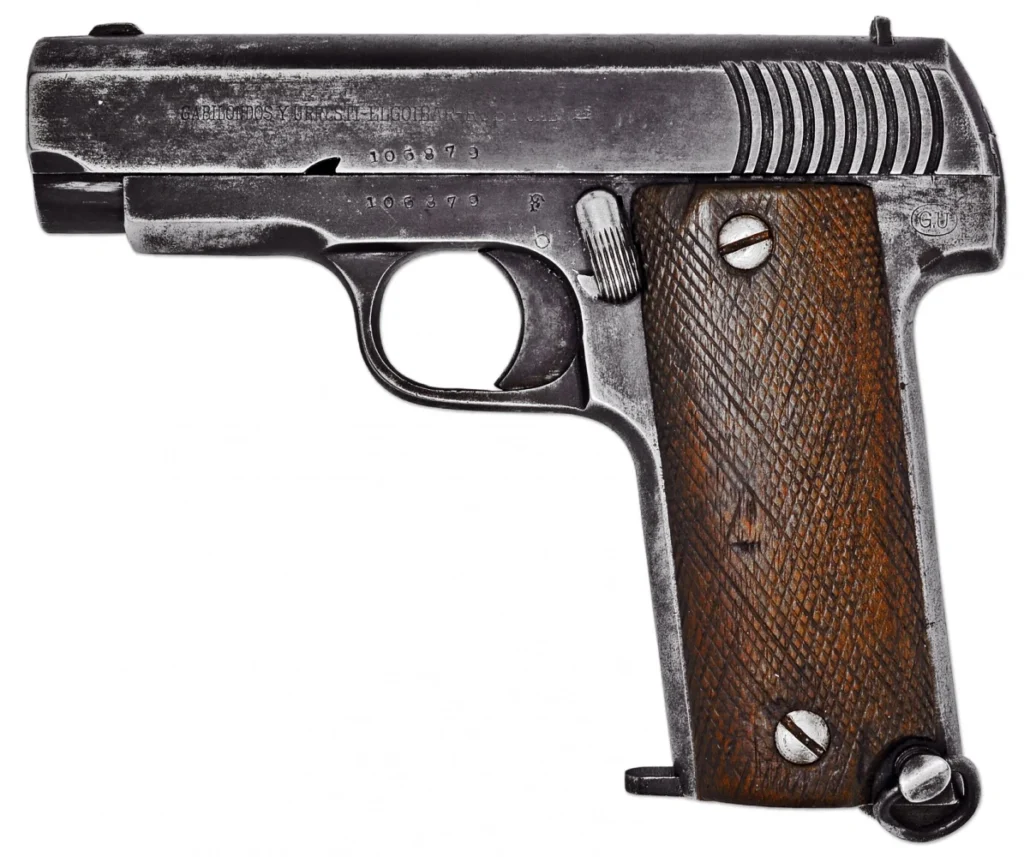
It was still a .32 ACP but featured a nine-round magazine, a more vertical pistol grip, and a much heftier design. These Spanish pistols were stout, reliable, and well-made. They are hefty little guns and surprisingly accurate. The simplicity of a direct blowback design likely made it easy to produce the guns quickly and affordably.
Advertisement — Continue Reading Below
In 1915, the French were desperate for guns as WWI began, and their Spanish neighbor sent the Ruby to be tested. The French liked the pistol and ordered 10,000 pistols a month, then 30,000 a month, then 50,000! Gabilondo couldn’t produce that many, so they subcontracted.
Over 45 companies were contracted to produce Ruby pistols. Astra and Star were among those companies. This provided ample cash to launch the three companies into the international market.
The Rise of Llama
Llama became Llama in 1932. It became one of the leading Spanish pistol companies and began to produce Colt 1905 clones and later Colt Model 1911s. Llama produced a variety of guns based on the M1911, and that’s what they are known for to this day. They quickly adapted the M1911 design to various calibers and sizes, including .32 ACP, 9mm Largo, 7.63mm Mauser, and more.
Advertisement — Continue Reading Below
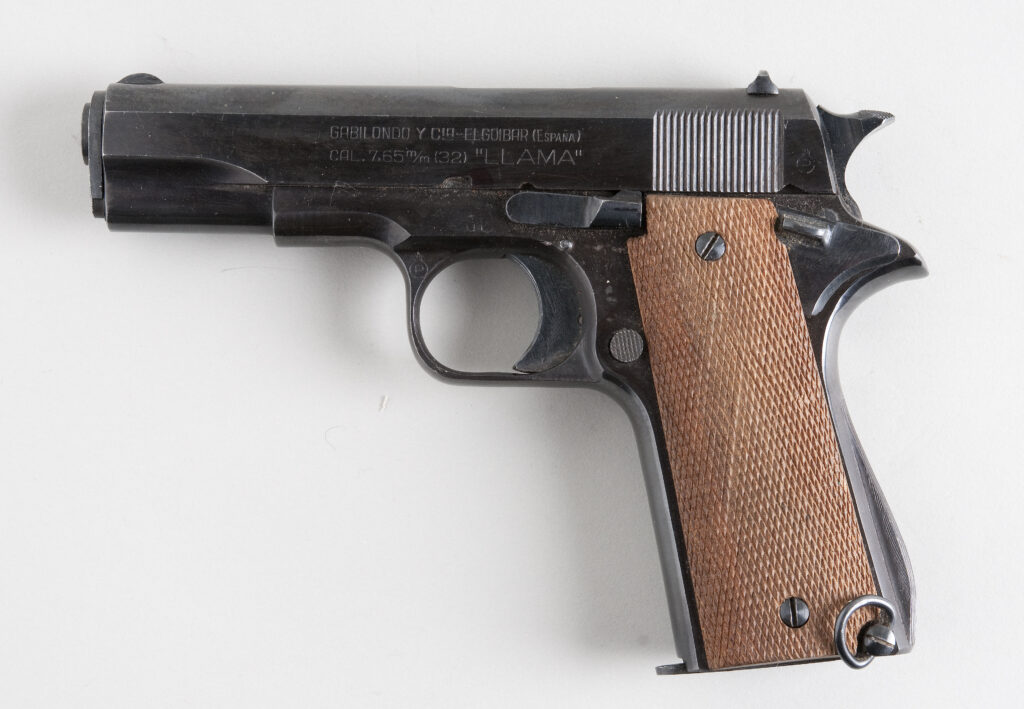
In the 1990s, they really hit the American market with a variety of affordable M1911 variants. They even produced a number of double-stacked M1911s that held 10 to 12 rounds of .45 ACP. They released a variety of guns, like the double-stacked Mini Max, the pocket-sized Micro Max, and more.
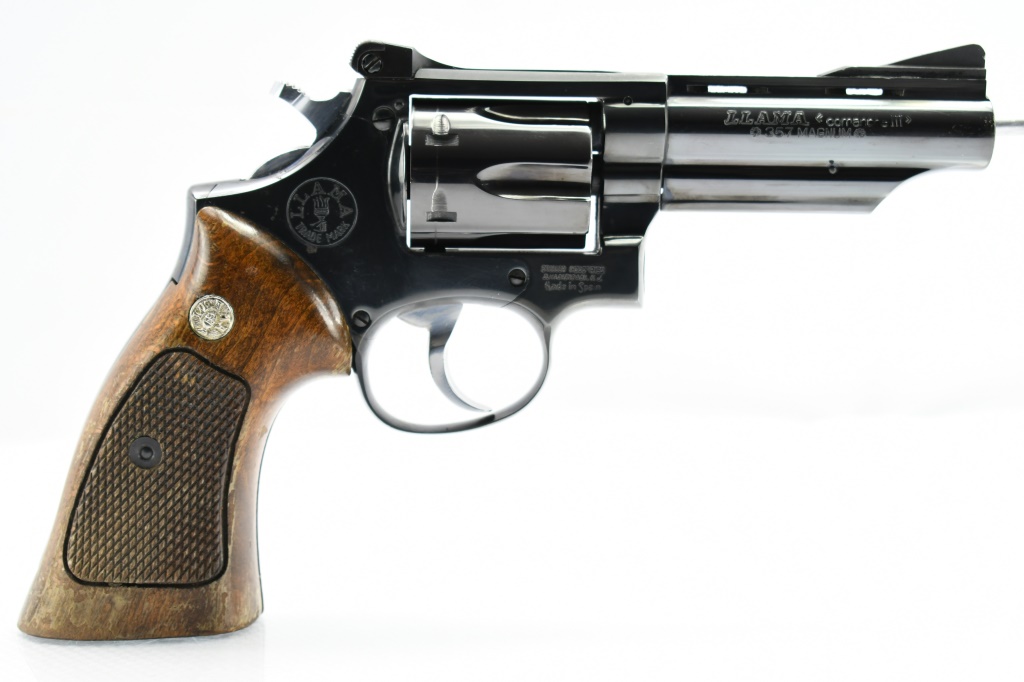
Advertisement — Continue Reading Below
These Spanish pistols had a good reputation and were seen as excellent value. They were cheaper than Colts and often came in configurations Colt never produced. Sadly, by the early 2000s, the company was running out of money. They couldn’t modernize, and after nearly a century, they closed up shop.
Astra – Copy What Works
Astra has a history of taking successful gun designs and modifying and improving them just a bit here and there. They made copies of the Bergmann-Bayard pistols in 9mm Largo and called them the Campo-Giro. The gun isn’t a direct copy, but it certainly stole its main operating system from the previous design. The pistol saw success and was adopted by the Spanish military.
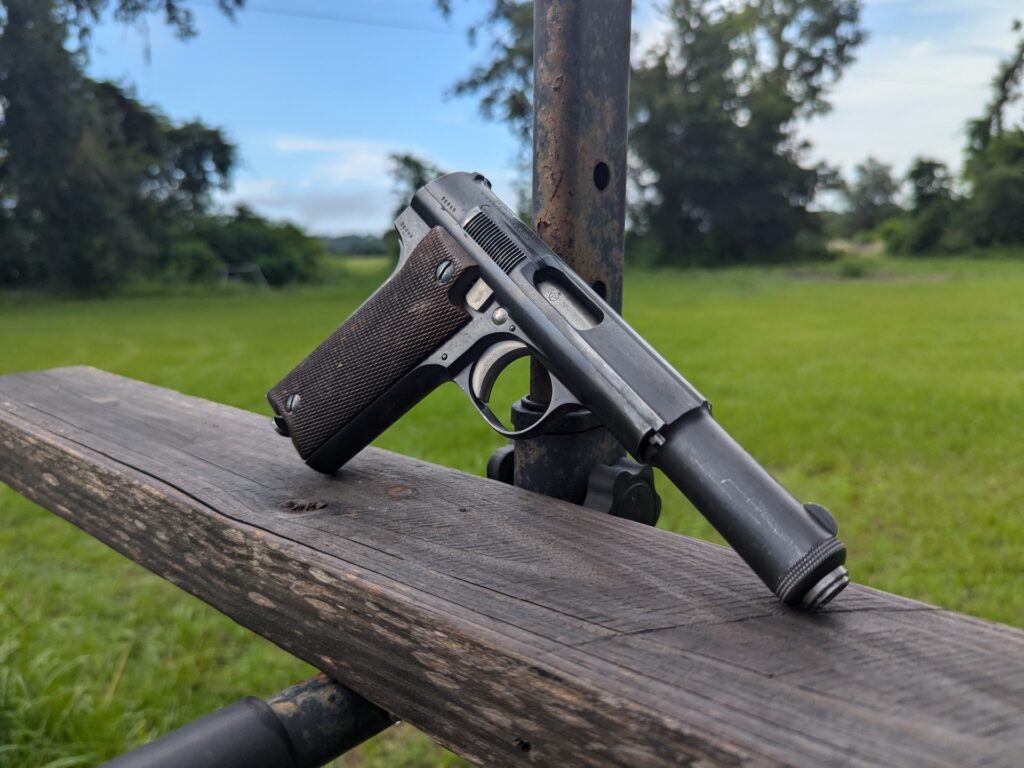
Advertisement — Continue Reading Below
Astra also produced Ruby copies but really found its footing with the Astra A400. This gun competed with the Star Model A for the Spanish military contract in 1921. The Astra A400 was a blowback-operated design that chambered the 9mm largo round. It became a popular pistol well known for its durability and reliability. The gun was nicknamed the Mangetout, meaning “eat anything.”
The gun could chamber and fire 9mm Largo, 9mm Steyr, 9mm Browning Long, .38 Colt, and even 9mm Parabellum. It’s not a suggested practice, but that’s the legend. The Astra A400 became a family of guns, including the A300 and A600 series. Chile adopted the A300, and Nazi Germany purchased the A600 in 9mm Parabellum.
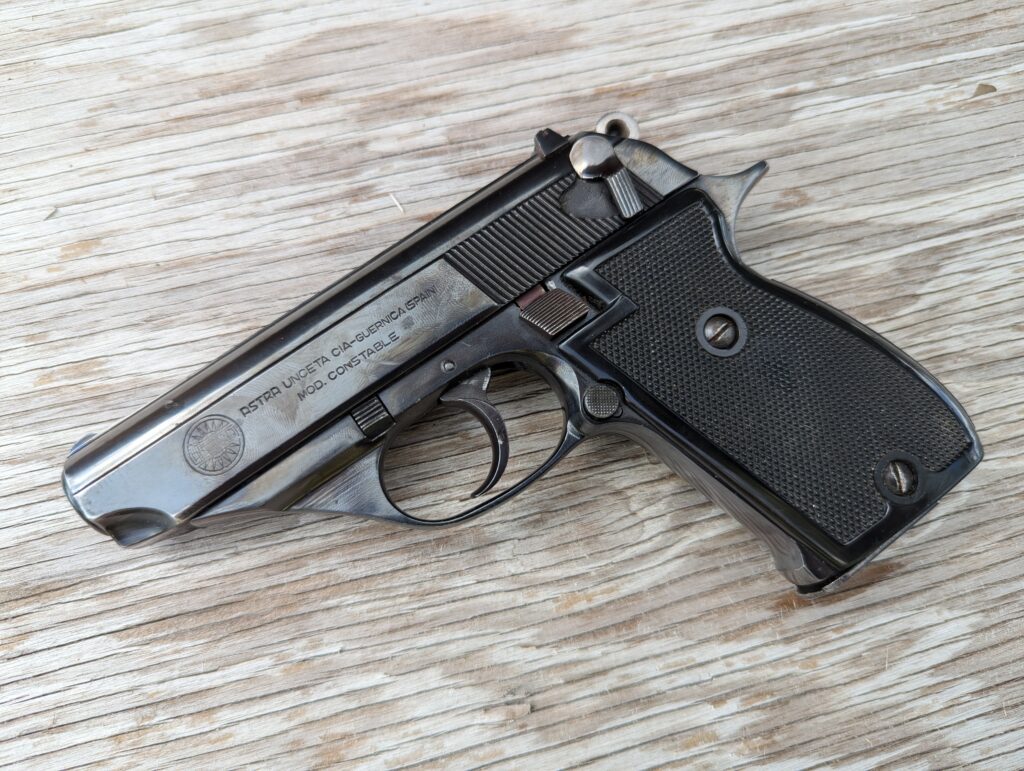
Advertisement — Continue Reading Below
Astra later expanded beyond guns without giving up firearm production. They produced revolvers and semi-automatic weapons. Guns like the Constable continued Astra’s tradition of copying handgun designs with small improvements. The Constable was a Walther clone with a 3.5-inch barrel and manual slide release.
Astra closed its doors in 1997.
Star – Aiming For the Stars
Star copied many handgun designs throughout its lifespan, including the M1911, the Mannlicher M1900, and more. The Civil Guard adopted the Star Model 1920, which was an M1911 clone that was devoid of grip safety and had a slide-mounted safety device. Much like Llama, the M1911 became a gun they copied in various calibers and odd configurations.
Advertisement — Continue Reading Below
Those M1911 clones also became popular in the United States. The Star Model B was an affordable 9mm M1911 that offered a cheaper Colt alternative. The B series helped kick off American sales, and Star produced the compact BM and the BKM, which was the BM with an aluminum frame.
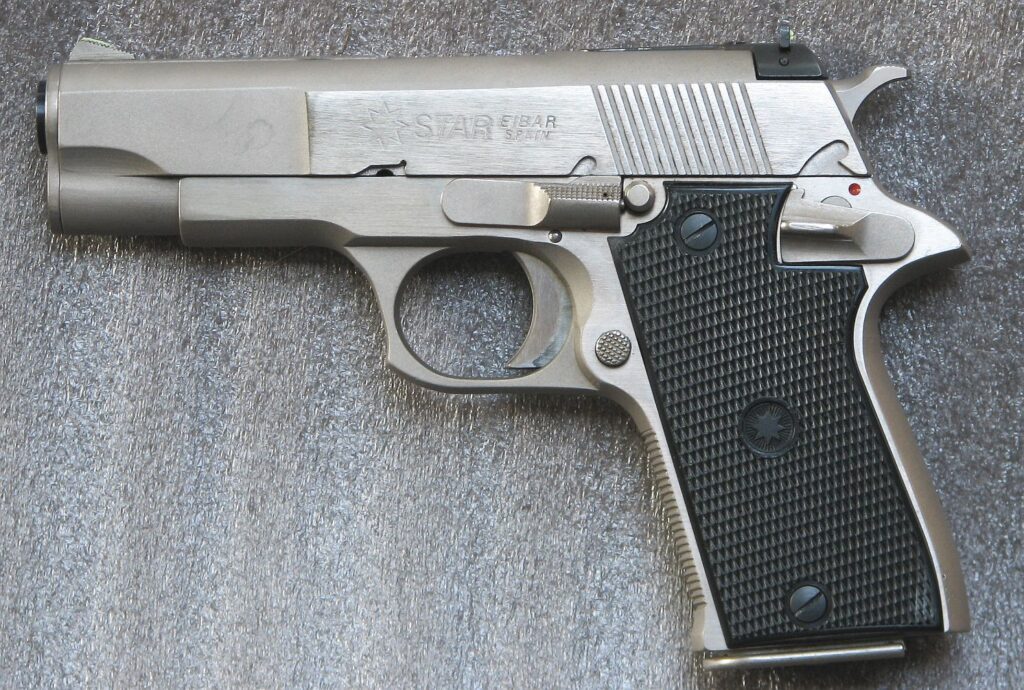
In the mid-seventies, they released the Star Model PD. This line of Spanish pistols slightly departed from the M1911 but still looked and handled like an M1911. This gun sold well in the States due to its small size and .45 ACP chambering. After the Model PD proved popular, Star seemed more willing to experiment.
That led to the Star Firestar series. They were single-action-only compact guns. The M43 was the 9mm variant, the M40 was .40 S&W, and the M45 was the .45 ACP variant. These were very compact guns with a good reputation for reliability.
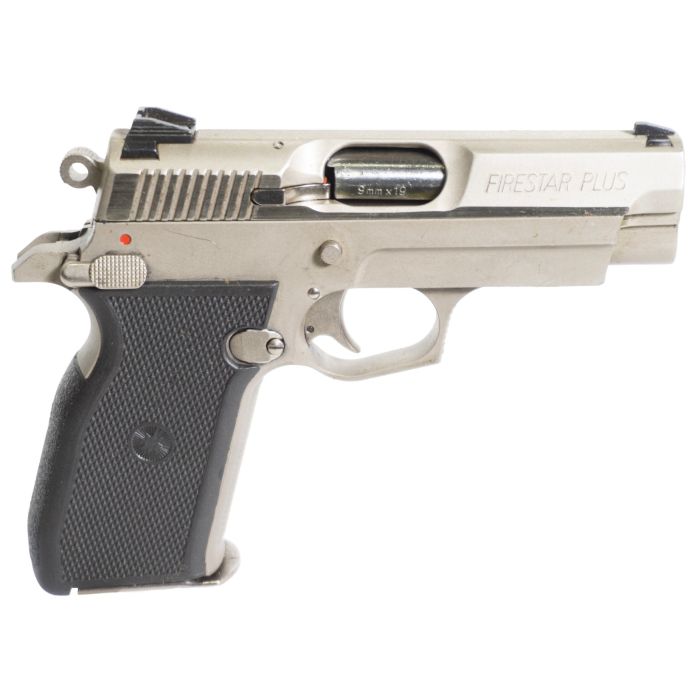
From there, the Megastar series appeared, which were DA/SA guns with double-stacked magazines. They chambered either 10mm or .45 ACP. They were also fairly popular with users who wanted something SIG-like without SIG price points and preferred big-bore rounds. The Star 316 was a compact variant of this gun.
Star had a great lineup but also failed to modernize and closed its doors in 1997.
The End of Spanish Pistols
Spanish pistols imported to the states died with Astra and Star. Astra and Star merged briefly into ASTAR after closing their doors, but the company lasted less than a year. Even the Spanish government adopted German and Belgian-made handguns. The Spanish pistol industry was never revolutionary, but they were stout, accurate, reliable, and well-armed guns that often went for a great price.
If you see a Star, Llama, or Astra on the market, you can confidently assume it’s a well-made weapon, and the price isn’t too good to be true.
